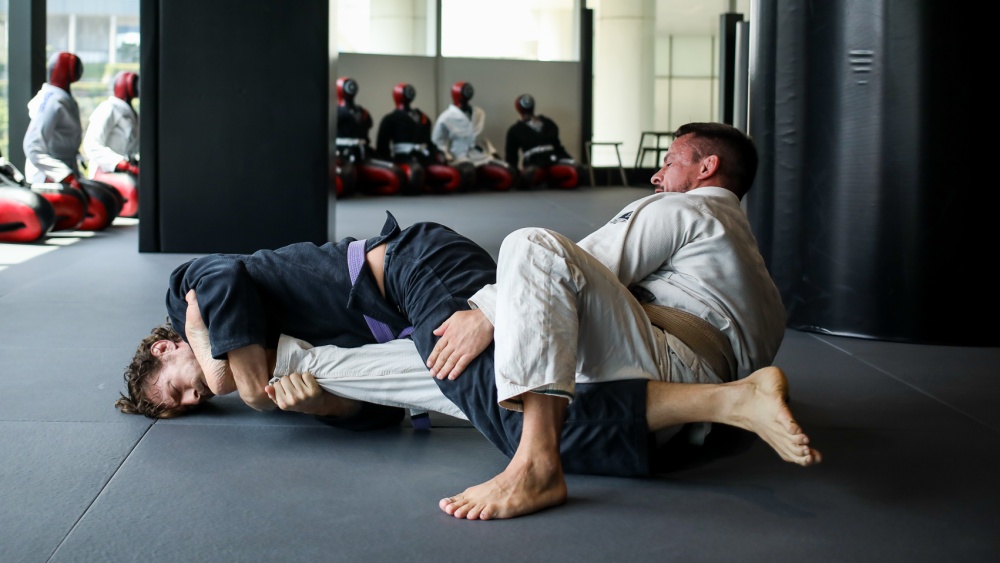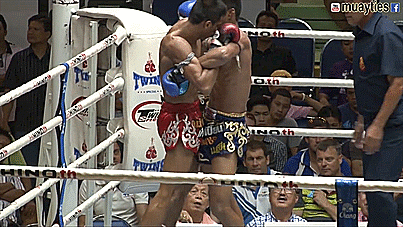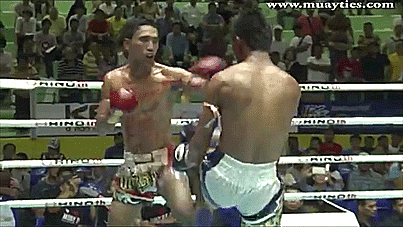Guest post by Evolve MMA, Asia’s premier championship brand for martial arts. It has the most number of World Champions on the planet. Named as the #1 ranked martial arts organization in Asia by CNN, Yahoo! Sports, FOX Sports, Evolve MMA is the top rated BJJ gym in Singapore.
As perhaps the most iconic submission hold in all of Brazilian Jiu-Jitsu (BJJ), it is unlikely that an individual could take even one week of BJJ classes without being taught the armbar. While you have likely already practiced the armbar thousands of times, if your goal is to perfect this awesome technique than a more methodical approach than just using it as much as possible will be necessary. By following the three steps outlined here, you will be on your way to perfecting the most famous submission hold in all of martial arts!
Relearn The Armbar
While it may seem unnecessary for a seasoned practitioner to relearn a technique as rudimentary as the armbar, if you want to develop the skills necessary to perfect this classic submission hold, then this is a necessary place to start. Whether this requires you to ask your instructor to walk you through a basic instruction after a BJJ class, or for you to attend the beginner class in order to see it displayed in a group setting, it is important to have a qualified teacher display the intricacies of the technique for you.
This will achieve multiple things. First, it will get you thinking about the details of the armbar in a way that you might not have been doing in the present. For instance, you might have been curling your hamstrings when you lay back for the finish out of habit, but by hearing your instructor state “now we curl our hamstrings to prevent our opponent from sitting up,” you will remember the purpose of this action and take extra care to make sure your hamstring curl is keeping your opponent flat on their back.
Second, relearning the technique will allow you to identify and remedy any bad habits that may have persisted throughout your use of the technique. Even if you have finished hundreds of opponents and training partners with your armbar, it is still possible that you might have a bad habit or too that if remedied, could make your finish even better! Hearing a detailed explanation will allow you to identify any potential flaws in your technique, bringing you one step closer to a perfect armbar!
Drill, Drill, Drill
Now that you have made sure your understanding of the armbar is 100% correct by relearning the technique from a qualified instructor, it is time to start practicing it by drilling it repetitively. This likely isn’t the first time you’ve heard that the best way to get good at one specific move is to drill it over and over, but in order to perfect the armbar (or any other technique), it is important to make sure you are drilling in the most efficient, constructive manner.
First, you have to drill with a purpose. Too often, when we drill, we view it as a mundane task we must get through before we can start having fun when we roll. Instead, understand that you are drilling for a purpose: to make sure your body knows exactly what to do when the time comes to execute the armbar in a live scenario. Start your drilling speed slow, taking care to ensure that your hands, elbows, hips, knees, feet, and every other part of your body is in the correct place. Gradually increase the speed at which you execute the armbar, but never go so fast that your technique becomes shoddy; drilling poor technique will not only not make your armbar better, it will actually reinforce the incorrect habits and make it worse!
As drilling can get quite repetitive and boring, it is important to mix it up in order to stay engaged and focused. Once you are feeling comfortable with the standard armbar from mount and guard, feel free to start your drilling from a more uncommon scenario. For example, maybe you want to drill the Judo-style armbar from the turtle position that was utilized extensively by Ronda Rousey. By practicing the armbar in this fashion, not only will you be engaged in your drilling, but you will be practicing the intricate finishing mechanics of the armbar on every repetition, along with the specific setup from the Turtle position. The armbar can be attacked from almost every position in grappling, so don’t hesitate to get creative!
Focus On The Armbar
Now that you have made sure you know the proper technique for an armbar, and have practiced that technique through drilling, it is time to start looking for the armbar at every opportunity during your live rolls. This isn’t to say that you should throw the mantra of “position before submission” out the window and dive on every arm that is extended, but it does mean that you should give the armbar priority over other submission holds and positional transitions. For instance, if you find yourself in the mount position, and your opponent is turning aggressively in an attempt to escape from underneath you, you will have the option to attack an armbar or take their back. While it is never bad to have back control, as we are working towards the goal of perfecting the armbar, it would be wise to pursue the armbar against this resisting opponent. This will allow us to either be successful, or our opponent will escape, providing us with insight into what part of our technique needs to be worked on!
As the armbar is often one of the first things taught to a new BJJ practitioner, it is often written off as a move that is “simple” and not in need of repetitive practice. While the sheer number of armbar repetitions that the average BJJ hobbyist will do throughout their training will likely be enough to allow them to develop a decent armbar, further dedication is necessary if they want to perfect the technique. By taking this approach of relearning the technique, drilling it with a purpose, and then looking for it in your live training, you will be well on your way to perfecting the armbar!



